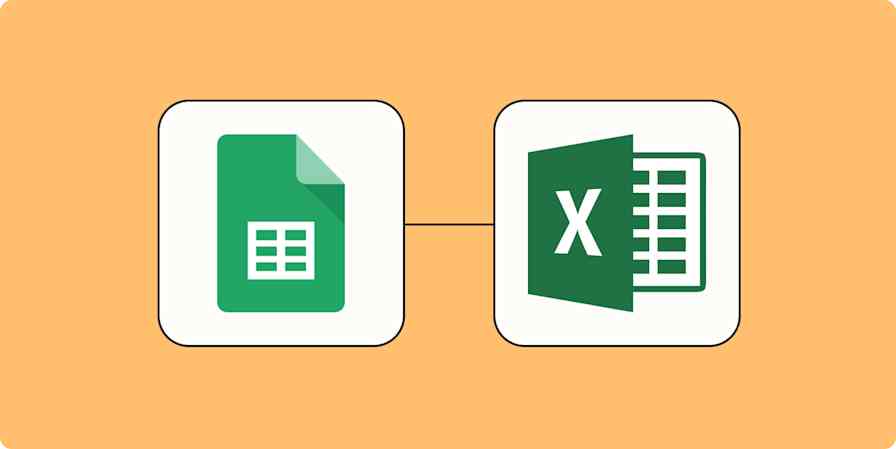App tips
4 min readSpreadsheets aren't databases—stop using them like one
By Katie Redderson-Lear and Justin Pot · October 12, 2020

Get productivity tips delivered straight to your inbox
We’ll email you 1-3 times per week—and never share your information.
Katie Redderson-Lear
Katie Redderson-Lear is an App Integrations Engineer at Zapier based in Portland, OR. She loves technology, learning, and good documentation, and is an unapologetic linguistics nerd.
Justin Pot
Justin Pot is a writer and journalist based in Hillsboro, Oregon. He loves technology, people, and nature, not necessarily in that order. Learn more: justinpot.com
mentioned apps
Related articles
Improve your productivity automatically. Use Zapier to get your apps working together.






